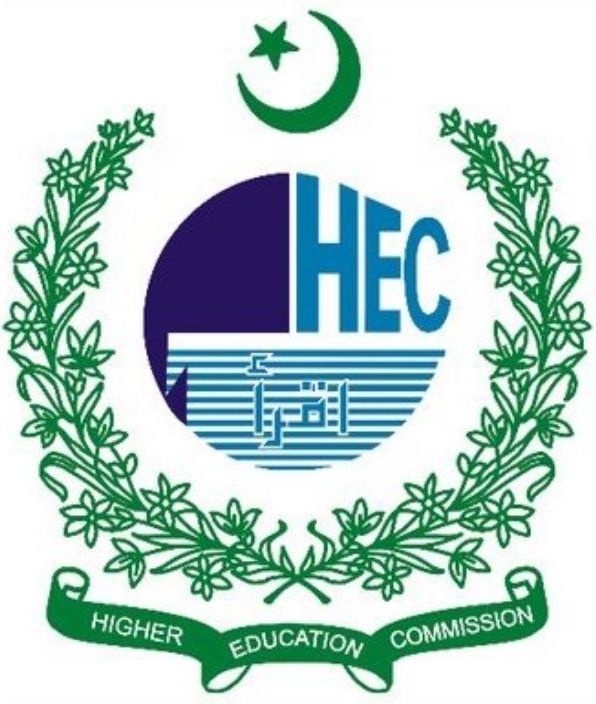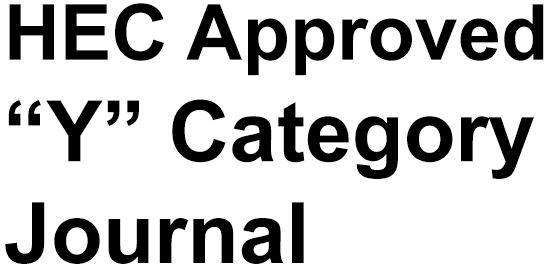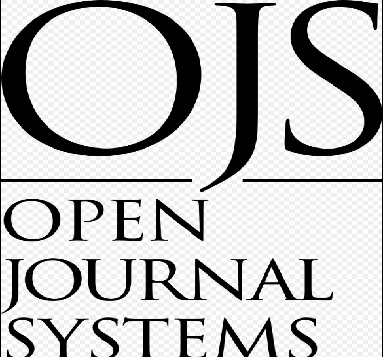Exploring the Impact of Principal Leadership on the Learning Environment in Boys’ Secondary Schools of District Kohat
DOI:
https://doi.org/10.63056/ACAD.004.03.0859Keywords:
Principal leadership, instructional leadership, transformational leadership, distributed leadership, learning environment, classroom climate, secondary schools, KohatAbstract
This study examined the impact of principal leadership on the learning environment in boys’ secondary schools of District Kohat. Using quantitative research design, data were collected from principals and teachers through structured questionnaires and analyzed using descriptive and inferential statistics. The findings revealed that principals predominantly practiced instructional leadership, while transformational and distributed leadership were exhibited at moderate levels. The learning environment was found to be moderately favorable, with classroom climate and instructional quality rated higher than physical and psychosocial dimensions. Inferential analysis indicated a significant positive relationship between principal leadership practices and the overall learning environment, with leadership explaining more than 40% of the variance. These results underscore the critical role of principal leadership in shaping school culture, enhancing instructional quality, and improving student learning conditions, even within resource-constrained contexts. The study concludes that leadership development should be prioritized to strengthen transformational and distributed practices, improve psychosocial support, and address infrastructural gaps. Recommendations for policy and practice include leadership training, collaborative management approaches, improved resource allocation, and integration of leadership development into district education policies.
Downloads
Published
Issue
Section
License
Copyright (c) 2025 Syed Fakhr Ul Hassan, Dr. Muhammad Naseer Ud Din, Dr. Mudassir Hussain, Dr. Muhammad Nisar, Dr. Shah Jehan (Author)

This work is licensed under a Creative Commons Attribution 4.0 International License.












